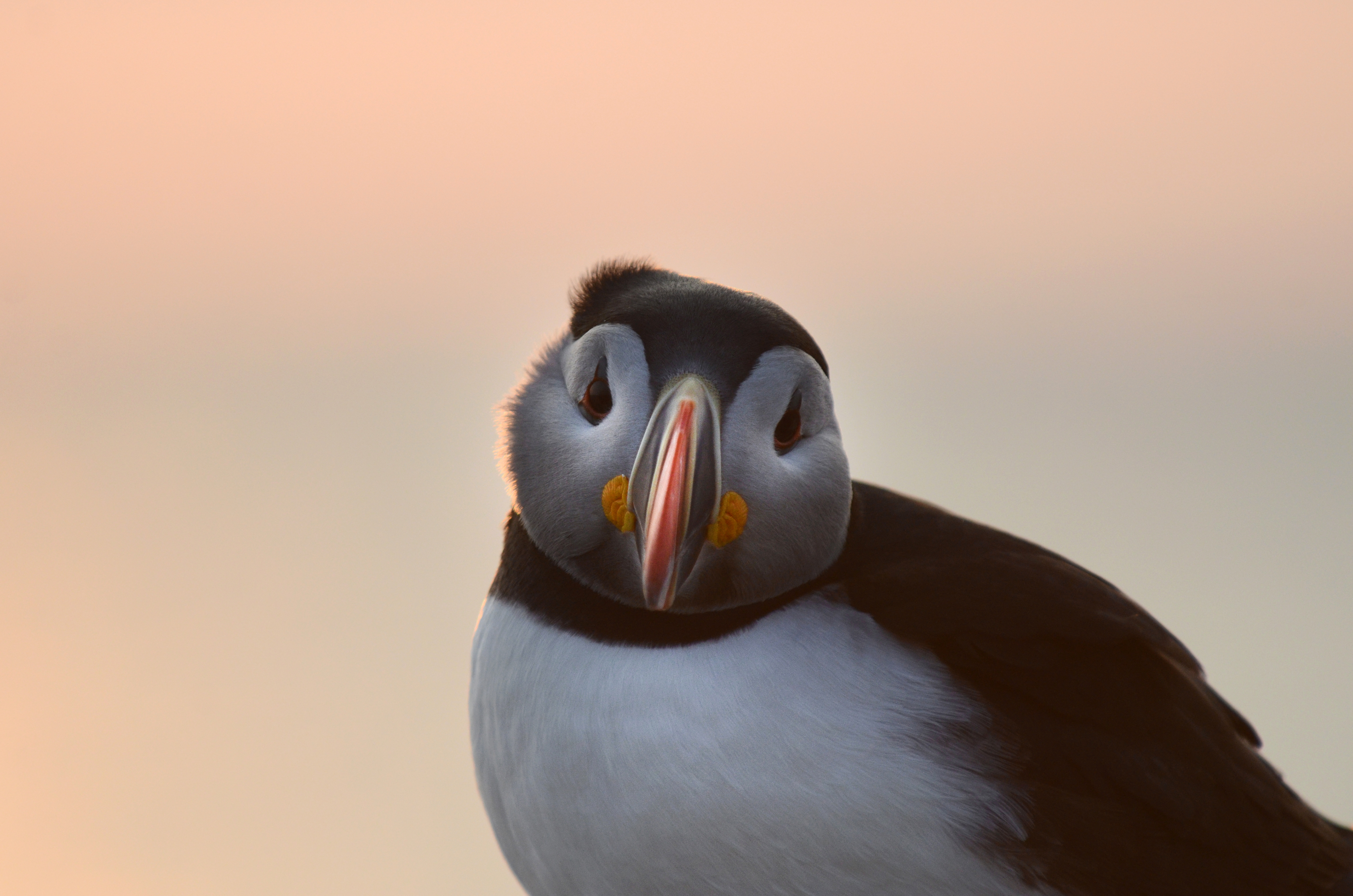An international collaboration has for the first time revealed the key drivers of seabird migration. The new study suggests that puffin colonies that travel great distances during the winter often find it more difficult to breed than others, and that escaping your habitat with far-flung migration therefore carries a cost.
Published in Current Biology, the work was led by researchers from the Department of Zoology of the University of Oxford and conducted in collaboration with eight international partners, including the Norwegian Institute for Nature Research, the University of New Brunswick in Canada and the South Iceland Nature Research Centre.
Over the course of eight years the team studied the seasonal behaviours of a wide range of puffin colonies across the species’ range, covering 270 individual birds in total. By combining data from multiple colonies the researchers were able to build an accurate picture of the migration behaviours of Atlantic puffin colonies across the world.
While previous research has focused on individual colonies and seabird species, the study marks the first time that seabird migration behaviour has been studied on this scale in such comprehensive detail.
Dr Annette Fayet, lead author and a Junior Research Fellow of Queen’s College, Oxford and of the Department of Zoology at Oxford University, said: ‘By comparison to other migratory species we know very little about puffin migration. Previous studies have tended to focus on individual colonies, particularly British and Irish colonies, and actually that is only a very small percentage of the puffin population – the biggest colonies are found further North, e.g. in Norway and Iceland.
‘Working collaboratively to study multiple colonies allowed us to pool our results to build a broad picture, comparing behaviours between populations and mapping multiple migration routes. In doing so we were able to better understand lesser known colonies such as Canadian and Icelandic puffins. Strategies seem to vary from colony to colony and there is a huge range of difference in these patterns. Some puffin populations, such as US colonies, never stray very far from their colony, travelling a few hundred km away at most. While others, such as Irish puffin colonies, travel vast distances across the Atlantic during the winter months.
‘Our large data-set also allowed us to tackle the big question of what drives avian migration - something we could not have achieved with a smaller sample.’
So why do some puffin colonies migrate further than others? The results reveal that the migratory behaviour of puffins is driven by a number of factors, including competition and local habitat quality. In other words, puffins from larger colonies and from colonies that live in environments that become more challenging in the winter, migrate further.
Dr Annette Fayet added: ‘We found that the birds travelling the furthest during winter migration come from larger colonies or challenging habitats. Which, if you really think about it, makes a lot of sense. If the environment is challenging and food scarce it is natural that you would travel further to find sanctuary. Likewise if your habitat is overcrowded, you are going to want to escape the competition.’
 Puffin in flight in the Norwegian Sea
Puffin in flight in the Norwegian Sea However, while the research reveals a strategic approach to migration, the team also found that long distance travel is hard work for puffins and come with costly knock-on effects. Different migration strategies were reflected in the birds’ breeding success the next summer, with puffins that travel vast distances having less chance of successfully rearing a chick the following year. This is likely due to an increase in the time spent in flight, resulting in the bird having a more energy-demanding winter and therefore returning to the colony in lower physical health ahead of the next breeding season.
While this work focused on the behaviours of puffins, the findings about the role of competition and winter habitat quality on migration distance are potentially applicable to a range of wildlife, including migratory species in general.
Dr Tony Diamond, an ecologist at the University of New Brunswick, said: ‘Seeing the winter movements of "our" puffins, breeding at the extreme south west of the species' range, in relation to colonies elsewhere in the range, is very exciting, and I think unprecedented for any species. This range-wide view of the species encourages us to continue tracking birds in our colony and raises a number of questions we plan to pursue in the coming years.’
With some puffin colonies now endangered and others in decline, the researchers hope that these results will encourage conservationists to take action to protect species’.
In conclusion Dr Fayet said: ‘Understanding that migration strategies directly impact puffin breeding productivity was a key result for us. Birds that experience a difficult winter are most likely returning to the colony in spring in poorer condition and struggle to breed. If we as conservationists want to help these species to survive we need to look at what we can do to support them during the winter season as well as the summer months. With this in mind it may be a good idea to implement protected areas in seabird winter hot-spots such as the area south of Iceland and Greenland.’
